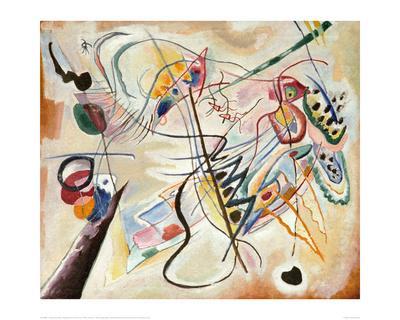
Others are more complex and can be used by music pupils and teachers for remote music teaching and collaboration (eg: the Shared Piano).įor example, the Song Maker experiment lets you make and share your own songs.

Some are simple and very easy to explore with younger children (eg: the Rhythm experiment and Kandinsky experiment). Thomas to make Ms.This is a great set of free online tools (or 'experiments') made by Google, allowing kids - and adults - to explore music in a fun way. Create a masterpiece of your own that Ms. What sound does it make? Can you recognize the instrument? What happens when you draw another triangle above the first one? Does it sound the same or different? Do you recognize the instrument? Try a third triangle low down on the screen.ĥ.

Draw a triangle in the middle of the screen. Does your picture sound the way you expected? What do you like about the sound of your picture? Anything you would change?Ģ. Draw a picture on the screen and play it back with the different sound/colour options – which one do you like the best? Why?ģ. Draw a circle on the screen – what happens? Can you draw two more circles that make higher or lower sounds than your first circle?Ĥ. Draw a picture on a piece of paper using 3 or 4 shapes or lines. Then copy your picture in the Kandinsky experiment and press play to hear the drawing.


In this experiment you can draw shapes, lines and scribbles on the screen and hear them turn into sound. The artist Wassily Kandinsky compared painting to making music. When you are ready you can click HERE to start! Leslie - 5th and 6th Grade ScienceĬhrome Music Lab - Kadinsky (Drawings with sound) Broyles - 4th Grade Social Studies and Science


 0 kommentar(er)
0 kommentar(er)
